Honeybee and Pollination Future Is Uncertain
|
With the emergence of the Africanized honeybee (the “killer bee? and the increasingly destructive presence of parasitic Varroa mites, the future of Florida’s food and ornamental pollinators is uncertain at best. In the late 1980s, feral bees were almost exclusively responsible for pollination; now, Florida’s feral bee population has been wiped out.
“Unfortunately, America’s honeybee population is not very healthy,?says Gerald Hayes, Chief Apiary Inspector for DOACS?Division of Plant Industry. “Without effective pollinators one-third of the food and an enormous percentage of ornamentals that we produce in Florida are at risk: watermelons, blueberries, strawberries and at least two-thirds of our citrus.?br>
According to Hayes, the Varroa mite’s bite activates viruses that kill bees. Although the mite is endemic in the United States, many factors have allowed it to proliferate dangerously: other natural bacteria, chemicals actually introduced as mite controls, and other chemical influences now present in the environment.
Africanized bees mate aggressively with our relatively placid, but superior pollinating European bees, producing hybrids. From the Tampa Bay area south, these Africanized and hybrid bees are dominant and, while no human deaths have been recorded, there have been numerous fatal livestock and pet incidents. Perhaps because their genetic code is principally tropical (bees in temperate climates must store food for winter), Africanized and hybrid bees are poor pollinators.
The effect of spreading Africanized hives has consequences not only for our food supply, but for hundreds of thousands of agricultural workers, outdoor enthusiasts ?campers, hikers, hunters, fishermen, birdwatchers ?and schools, homes and businesses which may unwittingly harbor a colony.
Today, Hayes is working with an international coalition, beginning with IFAS of the University of Florida, to find solutions for our pressing pollination deficits. The long-term question, he says is how much food we ourselves want to supply and how much we want turn over to foreign growers ?similar to what we have done with our oil supply. Thus, the humble bee becomes a significant international player.
For additional reference and information, check out “African Honey Bee: What You Need To Know?at http://edis.ifas.ufl.edu/MG113 and http://solutionsforyourlife.ufl.edu/hot_topics/environment/africanized_honey_bees.html.
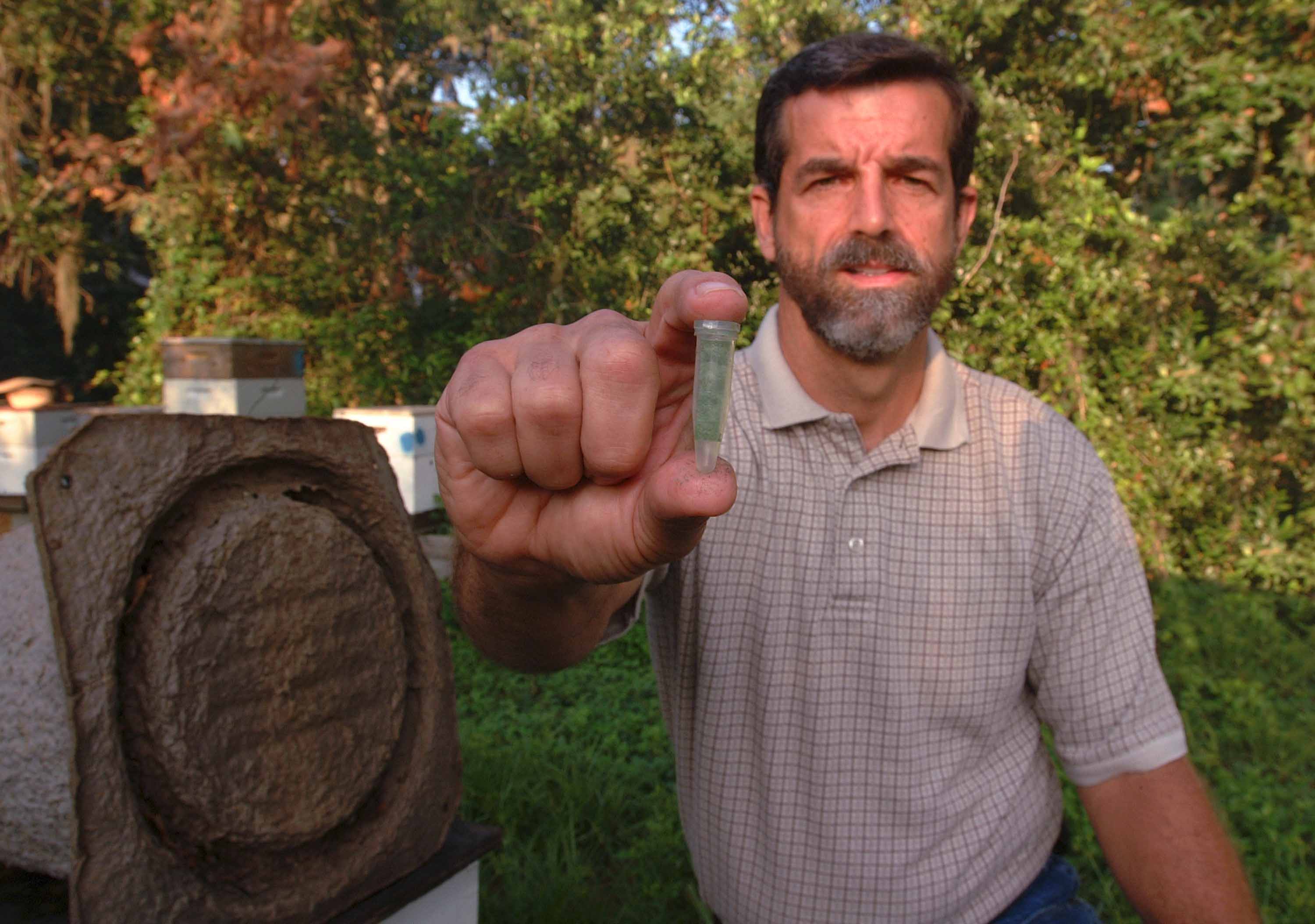
Kneeling beside a trap, DOACS bee researcher Jerry Hayes holds a lure placed inside. The lure entices African bees for the purposes of monitoring and surveying.
|
[top]
Advisory Board To Meet in Gainesville
The fourth 2006 meeting of the Florida SART Advisory Board will be held on Wednesday, December 6th in the second floor auditorium of the Florida Farm Bureau [352-378-1321] building, 5700 SW 34th Street, Gainesville. The meeting is scheduled to begin at 9:00 a.m. and end by 3:00 p.m.
To reach the Farm Bureau building from Interstate 75, take the SR 121 (Williston Road) exit in south Gainesville. Turn east and drive one block to the traffic lights at SW 34th Street. Turn right. The multi-story Farm Bureau building is located about one-half mile south on your right. It is the only significant building in the area: “You can’t miss it.?br>
Attendees should RSVP for the meeting and lunch through the office of Dr. Greg Christy, DVM, Florida ESF-17 Coordinator at christg@doacs.state.fl.us.

The Florida Farm Bureau building, 5700 SW 34th Street, Gainesville, Florida.
|
[top]
Please Keep Conference In Mind!
When you buy your 2007 calendars, pencil in the ESF17/SART Conference scheduled for May 30-June 1, 2007, at the TradeWinds Island Grand Resort, St. Petersburg Beach (www.tradewindsresort.com).
This conference is timed for the beginning of the 2007 hurricane season and the end of the school year so that you may attend while your family hangs at the pool or shops for antiques. Greg Christy, Florida ESF 17 Coordinator says he expects 200 to 300 people in every facet of emergency preparedness and disaster readiness-planning to participate.
The event should be especially beneficial for county-level SART coordinators as there is a full schedule of meetings and demonstrations. Plus, you’ll have lots of opportunities to meet the people you Email and talk to on the phone, the people you will work with in case a disaster or emergency affects your area.
Sessions are tentatively scheduled on animal, aquaculture, farm/nursery, terrorism awareness and emergency management issues. Individual sessions on forming a county SART program and using the SART website plus ICS-100 and IS-700 will be held.
Room rates are going to be less than $100 per night, so the conference should be affordable as well as informative.
For updates and additional information, please stay tuned: www.flsart.org!

[top]
Refrigerate. Refrigerate. Refrigerate.
A Florida woman is paralyzed and unresponsive while three individuals from Georgia remain on ventilators, apparently the result of botulism poisoning. The cases remind us that processed foods usually require refrigeration after opening and the labels will be so marked. This should strictly be adhered to.
The apparent culprits have been carrot juice produced by Bolthouse Farms, a fourth-generation family business near Bakersfield, California (www.bolthouse.com). Botulism has also been traced to products from after-market packagers Earthbound Farms www.ebfarm.com/Press/CarrotJuiceUpdates/index.aspx and President’s Choice (PC) www.presidentschoice.ca.
Botulism is a rare but serious paralytic illness caused by nerve toxins produced by a bacterium that is actually common in the soil. Treatment typically involves extended periods on a ventilator and weeks of intensive care.
The Centers for Disease Control and Prevention report that on average 110 botulism cases are reported in the United States each year. For additional information about botulism, go to http://www.cdc.gov/NCIDOD/DBMD/diseaseinfo/botulism_g.htm#What%20is%20botulism.
Note that botulism is listed with such diseases or poisonings as anthrax, plague and viral hemorrhagic fever in the Infectious Disease Society of America’s bioterrorism warnings (www.idsociety.org). Another source of information for its relationship to bioterrorism is http://en.wikipedia.org/wiki/Botulinum_toxin.
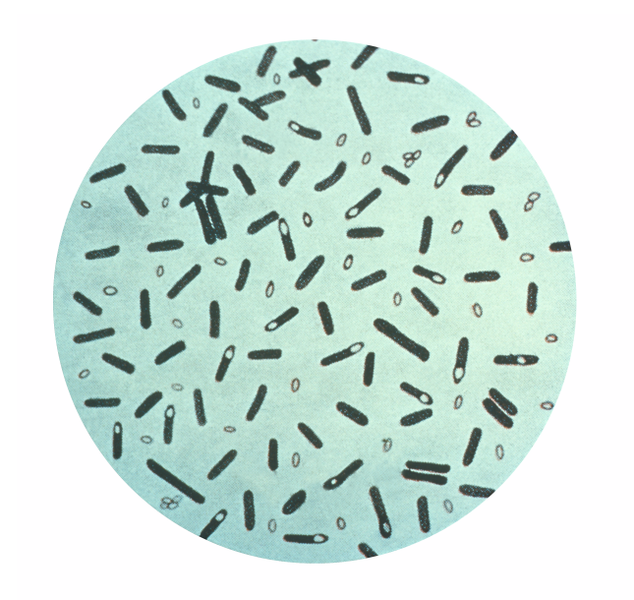
The bacterium Clostridium botulinum, courtesy of the Centers for Disease Control.
[top]
Pet Evacuation & Transportation Act Becomes Law
H.R. 3858 has become PL No. 109-308 and is now the law of the land.
The Pet Evacuation and Transportation Act of 2006 requires local and state jurisdictions to submit disaster preparedness plans that take people with household pets and service animals into account; if they fail to do so, these jurisdictions will not qualify for grants from the Federal Emergency Management Agency (FEMA).
The law allows the director of FEMA to make financial contributions to states and local authorities for animal emergency preparedness (including the procurement, construction, leasing or renovating of shelter facilities to allow these facilities to accommodate people and animals). It instructs FEMA to make necessary changes to the law to ensure that federal assistance provided in a disaster can assist in the rescue, care and shelter of individuals with pets and service animals.
Introduced by Representative Tom Lantos (D, CA) in January, and passed unanimously by both the house and senate, the law amends the Robert T. Stafford Disaster Relief & Emergency Assistance Act (42 U.S.C. 5196).
“Nobody wants to see people needlessly suffer, and possibly sacrifice their own safety, because they are confronted with the prospect of abandoning their pets,?Lantos said. To read the full context of PL No. 109-308, go to
http://thomas.loc.gov/cgi-bin/query/D?c109:1:./temp/~c109WsBRJr::.
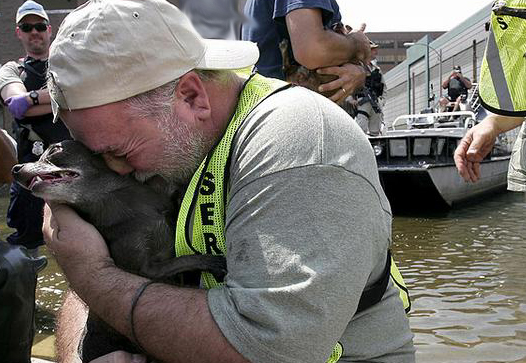
The new law requires governmental jurisdictions to accommodate pets and service animals in the event of an emergency.
[top]
Spinach Update
Apparently, dung from cattle adjacent to a California spinach field was responsible for the recent E. coli outbreak. The dung tested positive for the exact strain that sickened 199 people and killed three in the United States recently.
According to Dorsey Griffith writing for The Sacramento Bee, this is the first time in more than 10 years of E. coli outbreaks from field greens that investigators have been able to match the precise E. Coli strain found in ailing humans to tainted produce they ate, and then to the fecal matter that contaminated the food.
The next question for the California Department of Health Services is to determine how cow poop ended up in the spinach: “I’ll have my poop on the side, please!?
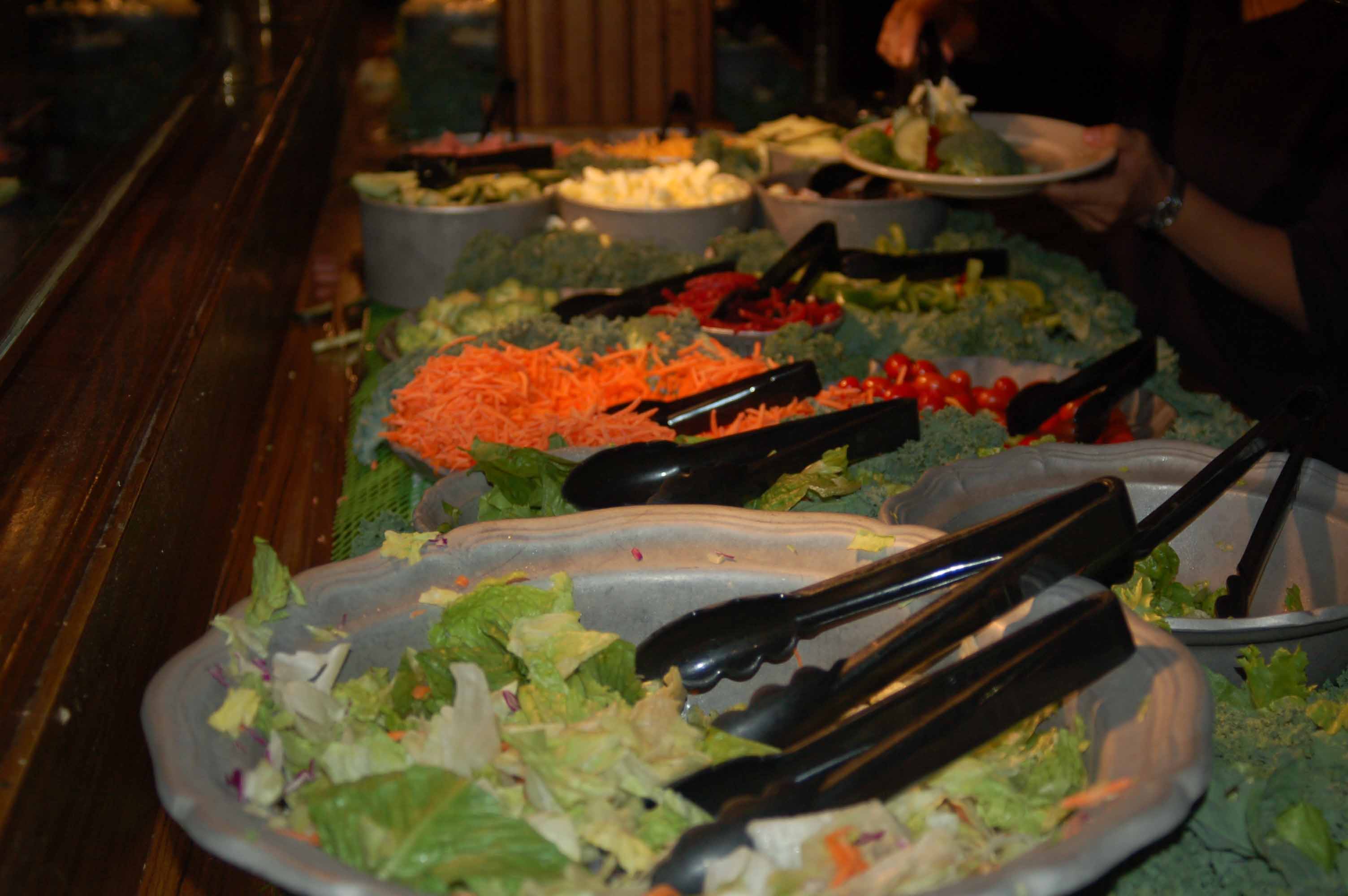
Spinach may soon return to a salad bar near you.
[top]
Florida Animal Identification Program
Florida is currently participating in the National Animal Identification System (NAIS) through the US Department of Agriculture. The purpose of animal identification is to enable disease tracking with 48-hours, thus establishing rapid trace-back ability within the food chain. This may enable animal and human medical personnel to discover the source and isolate outbreaks, for instance, of such diseases as foot-and-mouth or bovine spongiform encephalopathy (BSE or “mad cow?, and begin immediate treatment.
The program, participation in which is voluntary at this time, has three phases: premises identification, animal identification and animal tracking. By 2008, individual animal identification may become mandatory for certain food-chain animals crossing state lines.
According to Florida NAIS Program Coordinator Stephen Monroe (monroes@doacs.state.fl.us), as of October 15, 2006, more than 3,400 Florida premises have registered, covering about 85 percent of all cattle in the state. Pilot projects to demonstrate practical applications of new identification technologies have included tracking of 17,000 calves shipped to Texas and Kansas feedlots, and both “cull cow?and Seminole Tribe cattle segments.
Animal identification is still controversial as program partners have many questions, such as differences in treatment between small and large producers (individual versus group tags).
Florida’s animal identification program is administered through the Department of Agriculture and Consumer Services http://www.doacs.state.fl.us/ai/adc/adc_nais.shtml. (A different perspective may be gained by reading commentary posted at www.nonais.org.)
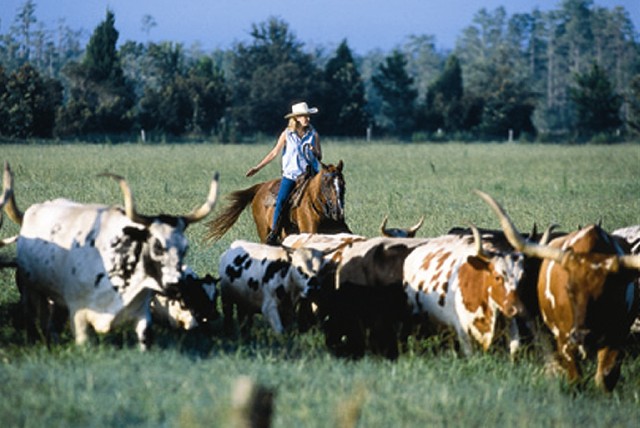
Under the National Animal Identification System, all animals entering the food chain would be traceable to their origins. (Photo courtesy VisitFlorida.com)
[top]
About the SART Sentinel
Editor: Rick Sapp, PhD, Technical Writer, Florida Department of Agriculture & Consumer Services, Division of Animal Industry [rsa5@cox.net]
Associate Editor: Gregory S. Christy, DVM, State ESF-17 Coordinator, Florida Department of Agriculture 7 Consumer Services, Division of Animal Industry [christg@doacs.state.fl.us]
The SART SENTINEL is an E-mail newsletter prepared monthly by Rick Sapp and the staff of the Florida State Agricultural Response Team. Past issues of the Sentinel are archived on the Florida SART Web Site, www.flsart.org.
If you have a story or photo that you would like to have considered for publication in The SART SENTINEL, please contact the Editors.
[top]
|


 Printer-Friendly PDF Version
Printer-Friendly PDF Version





